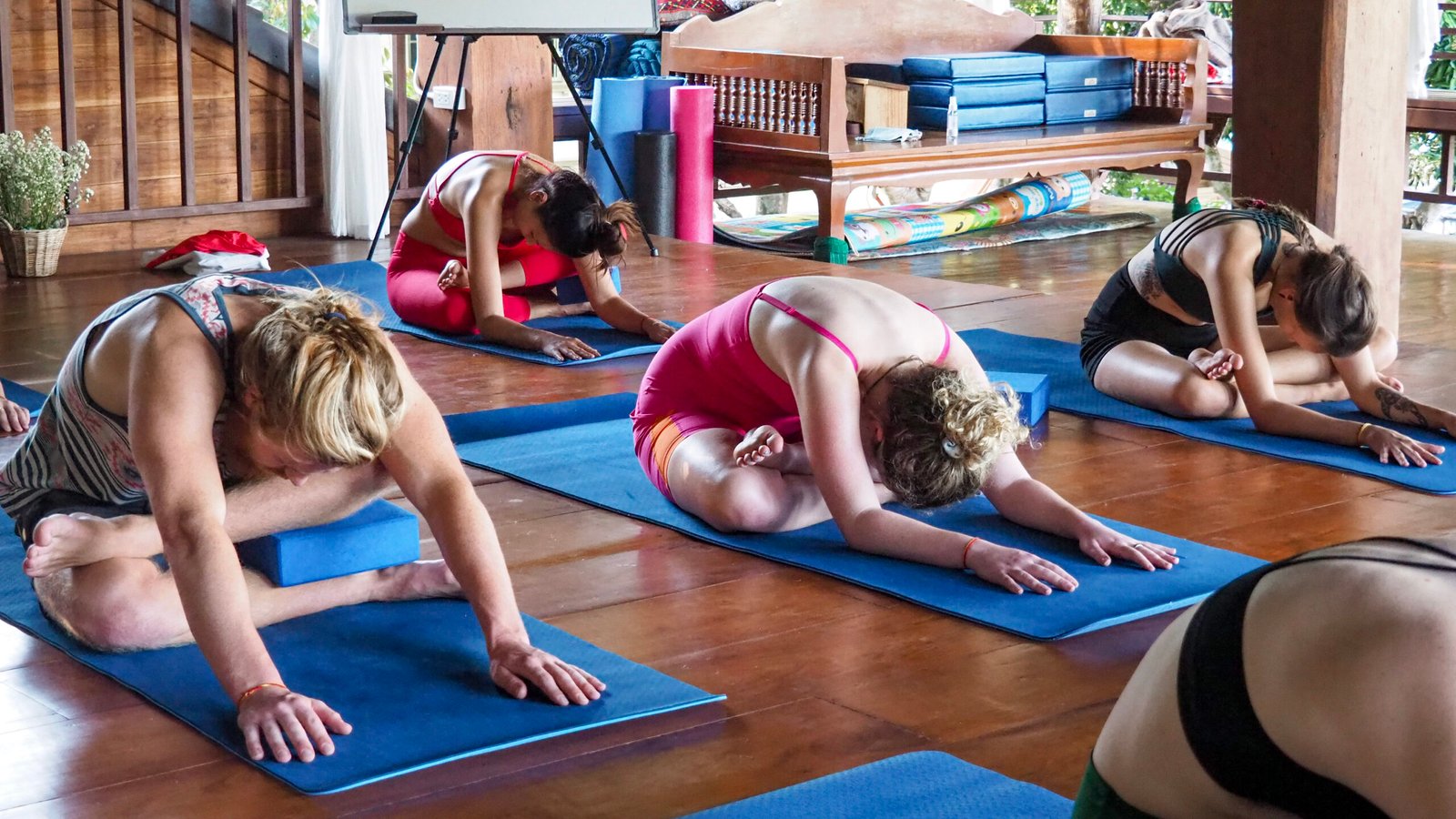Are you looking to take your yoga practice to the next level? Or perhaps you’re simply interested in exploring the ancient yogic breathing techniques known as pranayama. Either way, this blog post is for you! We’ve compiled a list of the top 5 pranayama techniques every yogi should know, complete with explanations and step-by-step instructions. Whether you’re a beginner or an experienced practitioner, these powerful breathwork practices can help deepen your connection to yourself and enhance your overall well-being. So let’s dive in and discover the transformative benefits of pranayama together!
Introduction to Pranayama
Pranayama is an ancient yogic practice that involves controlled breathing. This control can be achieved through various techniques, including breath retention, alternate nostril breathing, and kapalabhati breath. Each of these techniques has its own unique benefits, which can help to improve overall health and wellbeing.
Breath retention, also known as kumbhaka, is one of the most important aspects of pranayama. It helps to control the flow of prana, or life force energy, within the body. This can have a profound impact on overall health and wellbeing.
Alternate nostril breathing is another common pranayama technique. This involves breathing through one nostril at a time, alternately blocking off each nostril in turn. This helps to even out the flow of air and energy within the body, promoting balance and harmony.
Kapalabhati breath is a powerful cleansing breath that helps to detoxify the body and clear the mind. This technique involves forceful exhales followed by passive inhales. It is important to only do this breath when you are feeling comfortable and relaxed, as it can be quite intense.
Pranayama is a powerful tool that can be used to improve overall health and wellbeing. These are just some of the most common techniques that every yogi should know. Experiment with different techniques and find what works best for you!
Benefits of Pranayama Practice
Pranayama is an ancient Yogic breathing technique that has a multitude of benefits for both the body and mind. When practiced correctly, pranayama can help to improve respiratory function, increase lung capacity, and encourage deeper and more efficient breathing. Additionally, pranayama can help to improve focus and concentration, calm the mind, and reduce stress and anxiety.
Ujjayi Breath
Ujjayi breath, also known as “Victorious Breath” or “Ocean Breath”, is a pranayama technique that involves breathing in and out through the nose while controlling the breath with the glottis. The glottis is the opening between the vocal cords in the throat. By narrowing this opening, you can control the airflow and create an ocean-like sound. Ujjayi breath is often used in yoga to help focus and connect the mind and body during practice.
To do ujjayi breath, sit in a comfortable position with your spine straight. Take a deep inhale through your nose, then exhale slowly, making an “ahh” sound as you do so. As you exhale, constrict the back of your throat to create resistance and make that ocean sound. Continue this pattern of breathing for several minutes.
Nadi Shodhana
Nadi Shodhana, also known as Alternate Nostril Breathing, is a pranayama technique that is said to be beneficial for both the body and the mind. This breathing exercise is said to help improve respiratory functions, release toxins from the body, improve circulation, and calm the mind. It is also said to be helpful in reducing anxiety and stress levels.
To do this breathing exercise, sit in a comfortable position with your spine straight. Close your eyes and take a deep breath in through your nose. Then, exhale out through your mouth. Next, close your right nostril with your thumb and inhale slowly and deeply through your left nostril. Close both nostrils and hold your breath for a few seconds. Release your right nostril and exhale slowly through it. Inhale again through your right nostril and then repeat the cycle on the other side by closing off your left nostril with your ring finger and exhaling out of your right nostril.
Sheetali and Sheetkari Pranayama
Pranayama is an ancient yogic practice that involves controlling the breath. There are many different pranayama techniques, but sheetali and sheetkari are two of the most popular.
Sheetali pranayama is said to be cooling and calming, making it ideal for those who are feeling anxious or stressed. To do this technique, simply roll your tongue into a tube-like shape and exhale slowly through your mouth. You can also try inhaling through your rolled tongue and then exhaling through your nose.
Sheetkari pranayama is another cooling technique that is said to be helpful for reducing stress and anxiety. To do this technique, place your tongue behind your upper teeth and exhale slowly through your mouth, making a hissing sound. You can also try inhaling through your nose and then exhaling through your mouth.
Bhastrika Pranayama
Bhastrika pranayama is a powerful breathing technique that can help to energize the body and mind. It is often used as a preparation for other pranayama techniques or as a standalone practice.
To practice bhastrika pranayama, sit in a comfortable position with the spine straight. Place your hands on your knees with the palms facing up. Take a deep breath in and then exhale forcefully, making a whooshing sound as you do so. Repeat this for 10-20 breaths, or for as long as you are comfortable.
When you first start practicing bhastrika pranayama, it is normal to feel lightheaded or dizzy. If this happens, simply stop the practice and rest for a few minutes before continuing. With regular practice, these sensations will subside.
Kapalbhati Pranayama
Kapalbhati pranayama is an excellent way to cleanse the respiratory system and strengthen the lungs. It is said to be one of the most effective pranayama techniques for increasing lung capacity and improving overall respiratory function. The word kapalbhati means “skull shining” in Sanskrit, and this name is derived from the fact that this practice helps to purify the entire cranial region. This pranayama technique involves forceful exhaling through the nose while drawing the stomach in, followed by a passive inhale. The focus should be on the exhale, as it helps to expel all impurities from the lungs.
Conclusion
Pranayama is an incredibly powerful tool in the yogi’s arsenal that can be used to access deeper states of meditation and relaxation. Through the top 5 pranayama techniques, every yogi can learn how to use their breath as a method of self-healing, calming, and energizing body, mind, and spirit. Ultimately these techniques will enable you to move closer towards your spiritual practice by connecting more deeply with yourself and your environment.









